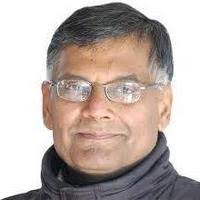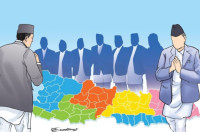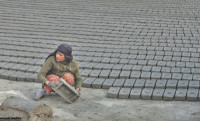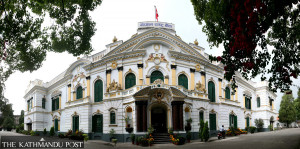Columns
Predicaments of a subordinate society
No matter how high a person from a minority group rises, ethnonational leadership is always above.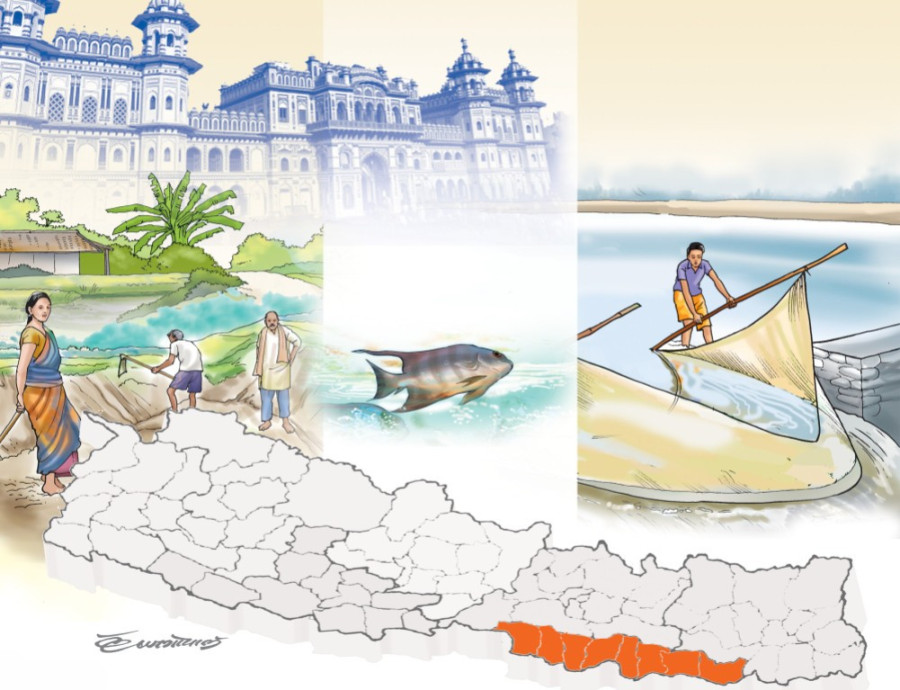
CK Lal
The beginning of spring is the best time to be at any place in Madhesh. The debilitating chill of the sheet lahar—the foggy haze that envelopes everything during the winter in the Ganga Plains—begins to clear. The warmth of the sun is pleasant in the morning, but one needs to look for shade when the atmosphere heats up around midday.
When stars begin to glow in the night sky, the air outdoors becomes wintry as if to remind aimless strollers that even though Vasant Panchami has heralded the spring, only Fagua—the festival of fire, earth, water and colour—would bid farewell to the cold season.
The Sixth Janakpur Literature Festival couldn’t have been timed better to bring some literary luminaries, articulate entrepreneurs of the profit sector, gritty sportspersons, performative social activists and noted cultural celebrities in one place and allow them to ventilate themselves over several sessions. The organisers of the event—the Nawa Mithila Foundation—had assembled a dedicated corps of youthful volunteers to help conduct the programme and make self-important invitees feel welcome.
At this point, I have to lapse into the first person singular to narrate my amusement mixed with bewilderment upon my arrival at the Janakpur Airport, which has not yet been renamed after one of the earliest republican seers Dr Laxmi Narayan Jha. The humanitarian healer was made to ‘forcibly disappear’ by the Shah regime in June 1985, and his whereabouts remain unknown to this day. A very solicitous teen representing the organisers welcomed me and inquired whether it was my first visit to Janakpur!
The question stumped me. I was bemused, baffled and speechless, all at the same time. Here I was in a settlement that has been part of me irrespective of my location and was being asked whether I knew the place. I remember the small town of my childhood when Dr Jay Ballav Das of Nepal Janakpur Jaynagar Railway (NJJR) was the only qualified physician; Gangadhar Dutta was the headmaster of the Saraswati High School as well as the founding principal of Ramswarup Ramsagar College; select families got electricity in the evening for few hours from the Janakpur Cigarette Factory; Bhagat ji ran the sole photo studio at the corner of Janaki Mandir; and the Indian Cooperation Mission (ICM) had paved the only main road connecting the railway station with the newly-built airport. The story of over half-a-century would have taken too long to narrate, so I answered that I was from a village nearby and knew the place rather well.
People in the media often assume themselves to be better known than they are! My pomposity duly deflated; I tried to search for an explanation that makes Madheshi teens born after the first Madhesh Uprising of 2007 oblivious about the political churning that had shaped them into being what they have become. They were too young to realise the sociopolitical significance of the restoration of the Khas-Arya ethnonational supremacism through the 16-point conspiracy after a short burst of activism for a civic nationalism of an inclusive federal republic.
Aspirational cohort
Everything looks possible when one is young and energetic and has parents or guardians who can afford to send them to for-profit schools which inspire them to reach for the stars. In advertising and marketing, an aspirational brand is positioned as something that would make a buyer feel successful if they owned it. Sociopolitical aspiration is the desire to belong to the dominant ethnonational group, a willingness to conform to the majoritarian values, and the readiness to discard inherited behaviour and practices to look good in the eyes of the politically powerful class.
Growing up in a traditional society in the 1960s, mere survival was the primary concern for most Madheshis. By the 1970s, ambitious youngsters could aim for salaried employment due to the spread of education, hope to climb up the socioeconomic ladder and gain some acceptability—even though not full respectability—in the national mainstream. But much of Madhesh was yet to emerge out of a fatalistic and petitioner mindset.
Even in the 1980s, elders prayed to heavenly deities or earthly lords—usually some powerful Pahadi benefactors or an influential Madheshi fixer with connections in Kathmandu—for the deliverance of their wards from the everyday misery of life through a government job. The name of the populist politico of Panchayat-era Hem Bahadur Malla immediately comes to mind, who never sent a petitioner from his home constituency empty handed.
The people’s movement of 1990 unleashed the long-suppressed yearning of Madheshis to be equal citizens of a democratic Nepal where their dignity will not be violated in the name of assimilative identity. The collective desire was short-lived, as the polity and society relapsed into the ethnonational narrative that conformism to the Nepali language, labeda-suruwal costume and Hindu hierarchy template of “topi nationalism” was the only way of becoming a patriotic Nepali.
In any case, the very act of becoming the imitation of an original amounts to the voluntary acceptance of a secondary status. The sociological imagination of connecting the problems of individuals to that of the broader society is yet to spread in much of Madhesh.
Faux elite
Describing an informal network of bureaucrats, technocrats, bankers, industrialists, intellectuals, military officers, media persons and politicos that control the institutions of the state and dominate policy making in the United States, sociologist C Wright Mills states: “As a rule, ‘they accept one another, understand one another, marry one another, tend to work, and to think, if not together at least alike’.” Despite their anti-establishment rhetoric, President Donald Trump and his misogynistic billionaire chums are the power elite, while his competitor Kamala Harris was the first “Black-South-Asian-multiracial-female-vice-president” outsider.
In all ethnonational societies, an elite status is ascribed rather than achieved. Someday, a Tamil may reach the topmost elective post in Sri Lanka. A Muslim may be the most celebrated star of Bollywood. A Hindu may be the most renowned scholar from Bangladesh. A Parsi may have been one of the most respected jurists in Pakistan. The recognition of their contribution is always individual which doesn’t entitle them to an entry into the circle of power elites.
No matter how high a member of the minority community rises, the ethnonational leadership is always up above, as the-then President Rambaran Yadav was made to realise in 2015 when his requests for consensus were dismissed with utter disdain. A Madheshi member of the power elite is likely to remain an oxymoron under the existing sociopolitical order. Therein lies the dilemma of the emergent class, upwardly mobile youngsters and aspirational group of Madheshis—they have no one to look up to from their community on the national scene, with the possible exception of NRNA founder Upendra Mahato!
Forget the highest echelons of security services, even bureaucracy at the secretary level is almost bereft of Madheshi leadership. Exceptions apart, governors of the district—the CDOs—are predominantly from the ruling community. In the provincial capital of a dysfunctional federal order, aspiring teens from the subordinate communities must discard their identity and learn to think, talk, dress and walk like their Khas-Arya compatriots if they wish to get even secondary roles in the nationalist mainstream.



 12.12°C Kathmandu
12.12°C Kathmandu